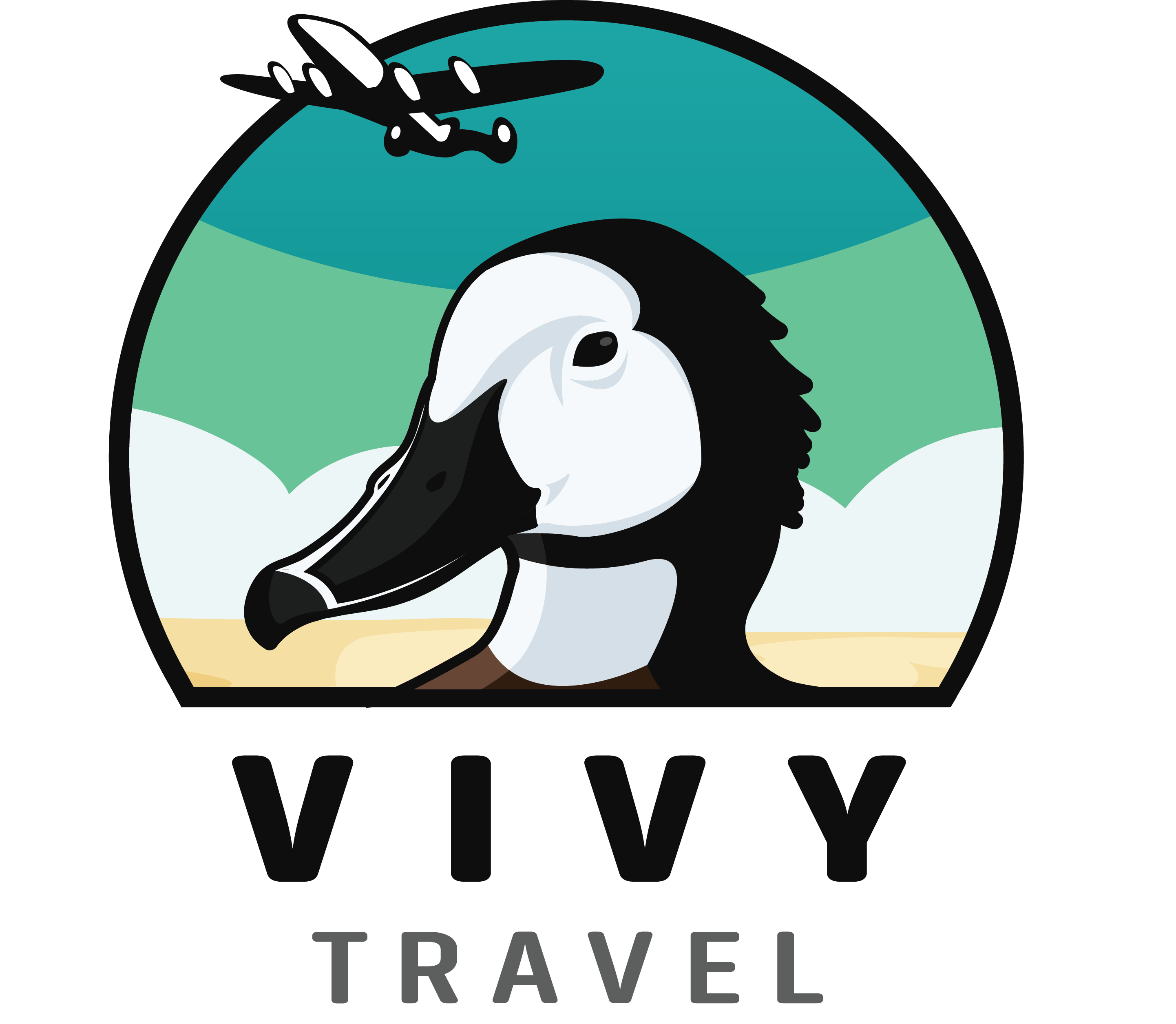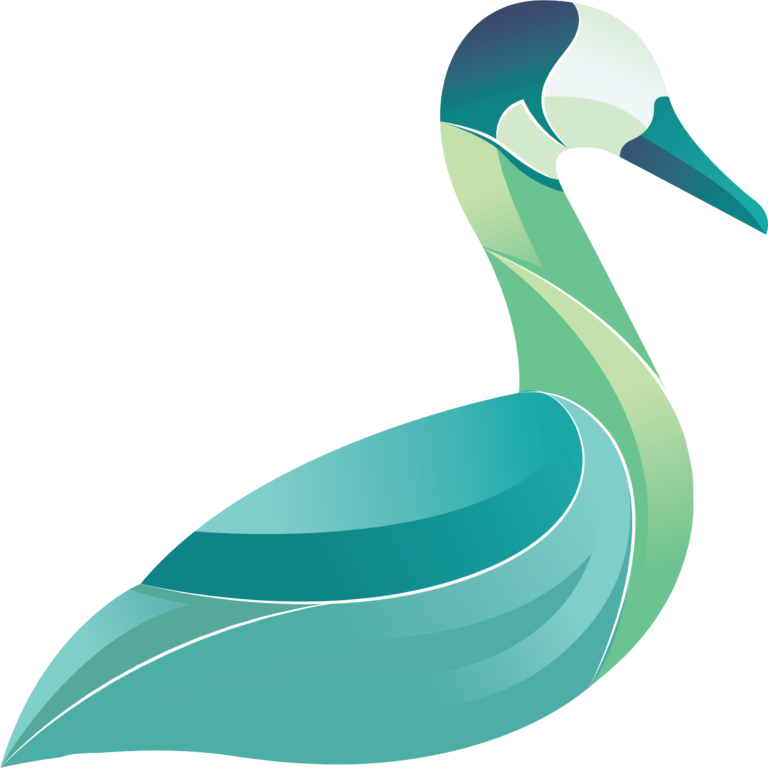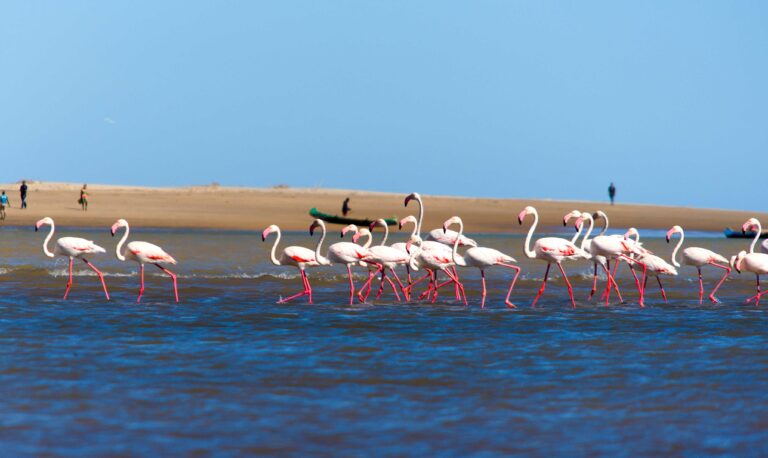
Every year, between April and October, the Onilahy River in Saint-Augustin, in the Toliara II district of southern Madagascar, is transformed into a veritable parade ground for pink flamingos. These majestic birds, recognizable by their pink and white plumage, flock in large numbers to take advantage of the region's brackish waters and mild climate.
Félix Robinandrianina, a local tourist guide, explains: “This is their season. They arrive en masse between April and October. They usually migrate to Tanzania when Madagascar enters the rainy season. The mouth of Saint-Augustin takes on a lot of volume during the rainy season, which is not good for the flamingos, and that's why they move to Africa around October.” At this time of year, pink flamingos, accompanied by lesser flamingos, bask in the sunshine, bordered by the imposing limestone cliffs of the Atsimo-Andrefana region.
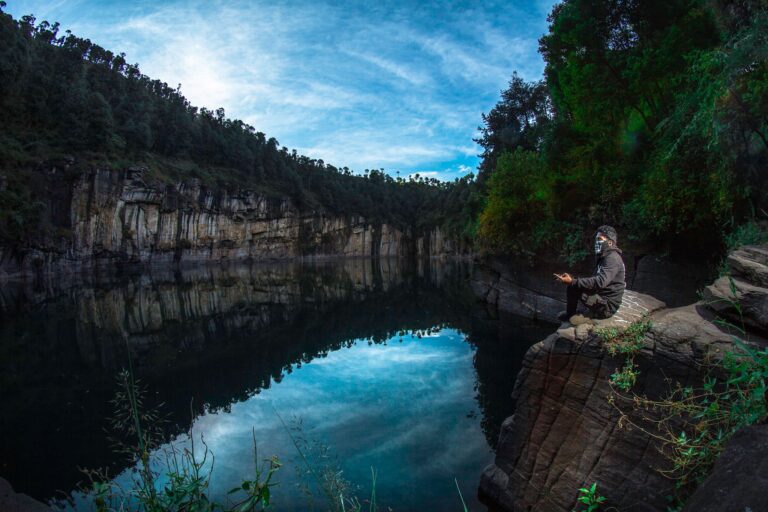
Nestled in Madagascar's Hautes Terres region, 11 km south of Lac Andrakiba, Lac Tritriva is a popular destination for both locals seeking relaxation and travelers exploring the surrounding area and Antsirabe's attractions. Shrouded in mystery and legend, this lake has a circumference of 4 km. Surrounded by rugged terrain, it can be reached by car or bike via the Betafo road. It's a favored location for local picnics on Sundays. On Saturday and Sunday mornings, cockfights occur here, a tradition that is not always viewed favorably.
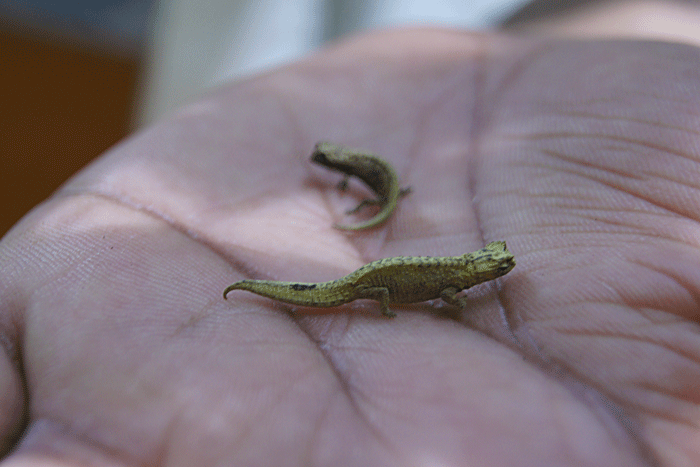
The Brookesia nana is a tiny chameleon that fascinates reptile enthusiasts and biologists around the world. Measuring less than 3 cm for the female and approximately 3 cm with the tail for the male, it holds the title of the world’s smallest chameleon. Discovered in 2012 in the Sorata massif in northern Madagascar by German and Madagascan researchers, this extraordinary animal was officially recognized as the world’s smallest chameleon on January 28, 2021. Its diminutive size and exceptional camouflage allow it to blend seamlessly into its natural habitat, making it a real challenge to observe. This tiny reptile can even perch on the tip of a finger.
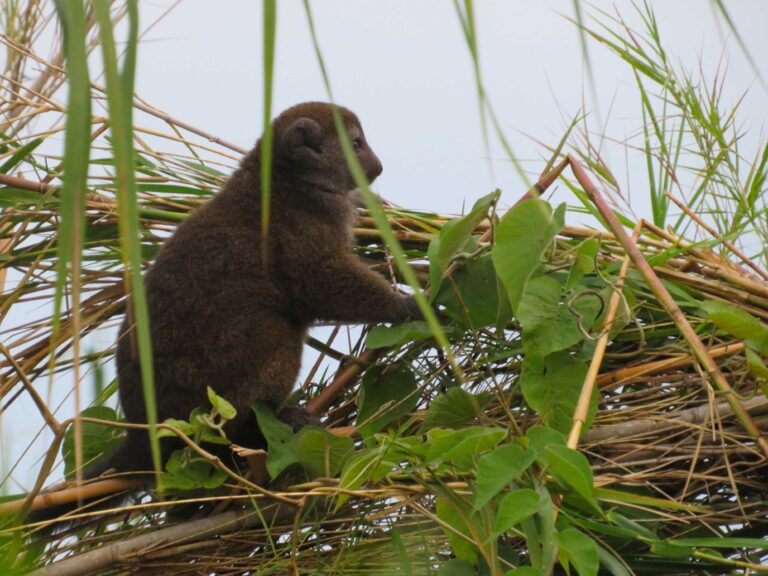
Less well known than Madagascar's other lemurs, the Bandro, or lake lemur (Hapalemur alaotrensis), is a species of aquatic lemur found in eastern Madagascar. It is the only lemur on the entire island that inhabits mainly marshy areas, the island's largest freshwater plain. This small primate is easily recognized by its gray coat, small rounded ears, and the shape of its hands and feet, which force it to move differently. Bandros are mainly herbivores, feeding on reeds and various aquatic plants, making them particularly well adapted to their humid environment. Bandros are also sociable animals, living in family groups of up to six individuals.
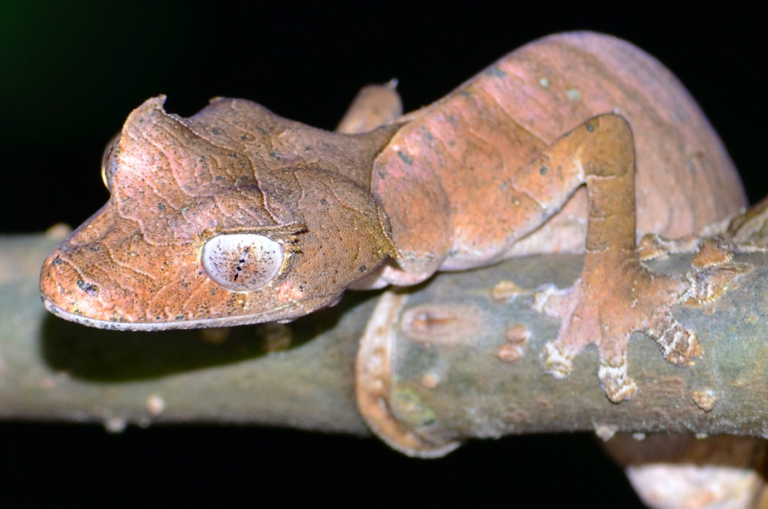
Marojejy National Park, located in the Sava region of northeastern Madagascar, is the perfect rendezvous for nature camping enthusiasts. The park covers approximately 55,500 hectares of tropical forest on the Marojejy massif, a mountain range rising to 2137 meters, with its peaks east of Tsaratanana. The park is one of the island's richest in biodiversity. A UNESCO World Heritage site, Marojejy, with its layered vegetation representative of eastern wetlands, is home to numerous species: 275 fern species, 35 palm species, 118 bird species, 11 lemur species, and 149 reptile and mammal species, including the diademed sifaka.
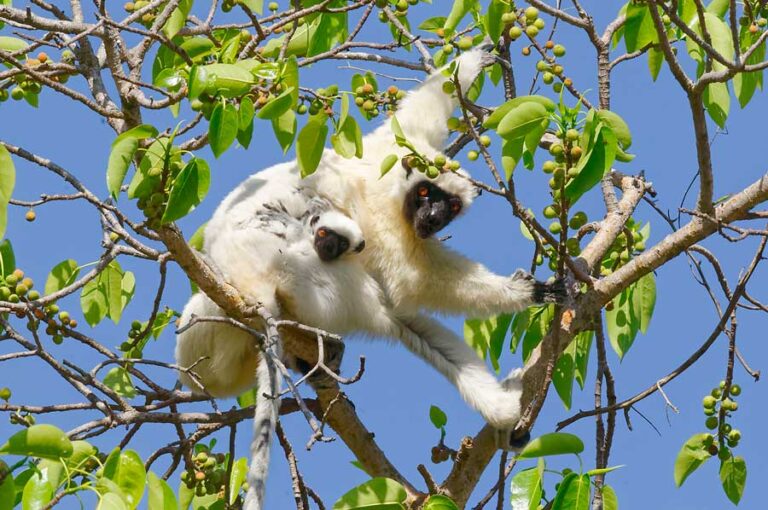
Madagascar is most certainly associated with destinations famous for its magnificent sunsets over the Avenue des Baobabs, the pristine beaches of Nosy Be, or lemur-watching in the iconic Andasibe-Mantadia National Park. This year, however, we invite you to discover another facet of the Grande Île: the Tsingy de Namoroka National Park. Located in the north-west of Madagascar, in the province of Mahajanga, the Boeny region, and the district of Soalala, this park is a true natural wonder.
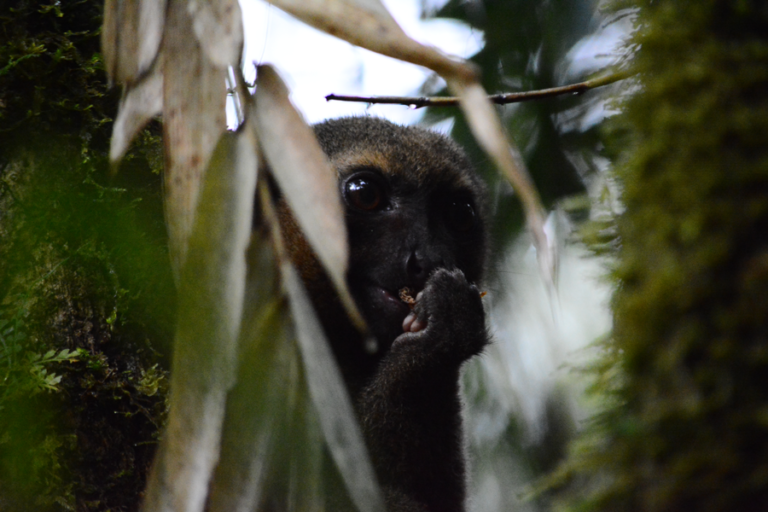
You've probably wondered why you can't go on safari in Madagascar, despite the fact that the big island is part of the African continent. Unlike many other African destinations, where safaris are a flagship activity, Madagascar offers a totally different experience for nature and wildlife lovers. Here are some of the main reasons why safaris are not common in Madagascar.
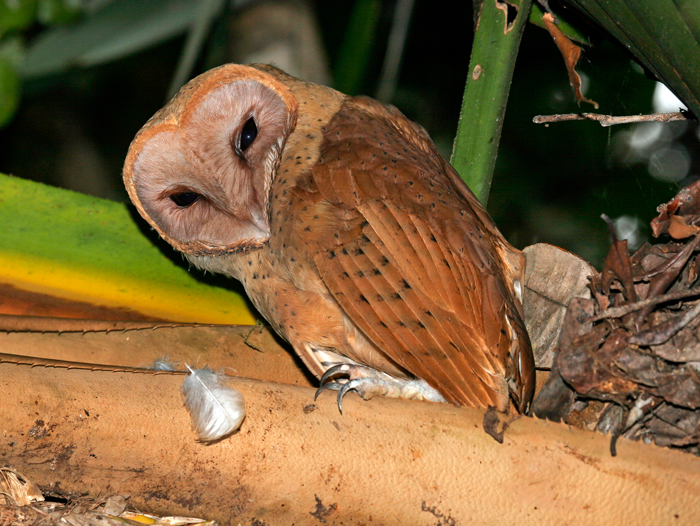
Madagascar Red Owls are fascinating, iconic birds found only on the island of Madagascar. Their scientific name is Tyto soumagnei, and they are known for their distinctive red plumage and specific habitat. These owls are generally found in tropical rainforests and are strictly nocturnal. They have a restricted range in the north and east of Madagascar. Unfortunately, due to threats from human activities, their populations are classified as vulnerable.
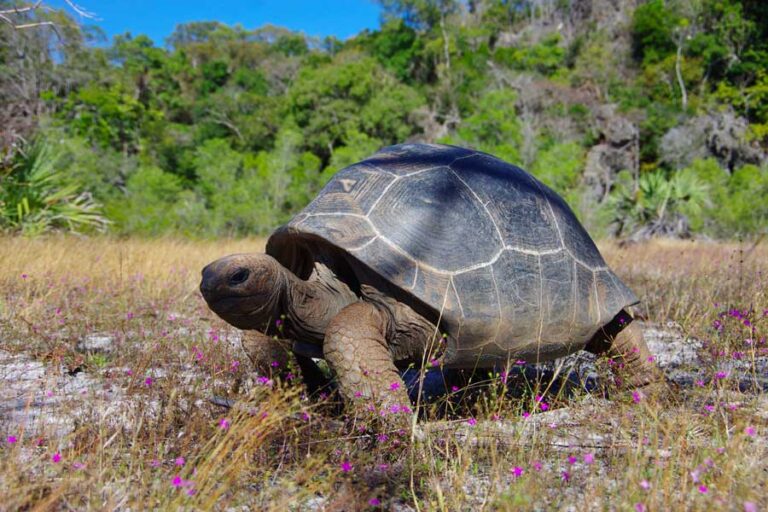
A species little known to tourists, Madagascar's giant tortoises, notably Aldabrachelys gigantea, are iconic creatures that command admiration for their impressive size and unique history. These turtles represent the last vestige of Madagascar's megafauna, which was decimated by human overexploitation between 500 and 1300 years ago.
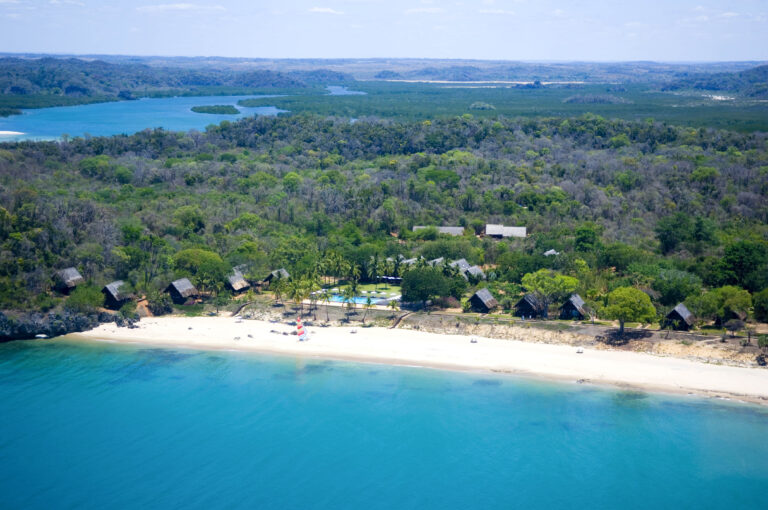
Nestled on Madagascar's northwest coast, Anjanjavy is a true natural wonder, a natural Eden to be protected. Classified by the WWF (World Wildlife Fund) as a global conservation priority, this corner of paradise is home to a remarkable species community, with rare and endemic species found nowhere else. The 1030-hectare private reserve, established in 2013, and the 9773-hectare protected area, created in 2018, protect over 1800 species of exotic and harmless flora and fauna in special ecosystems. Notable initiatives include sea turtle reproduction monitoring and a 168-hectare marine reserve. As naturalists and connaisseurs know, few places in the world offer such authentic, intimate, and safe contact with nature as Anjanjavy.

